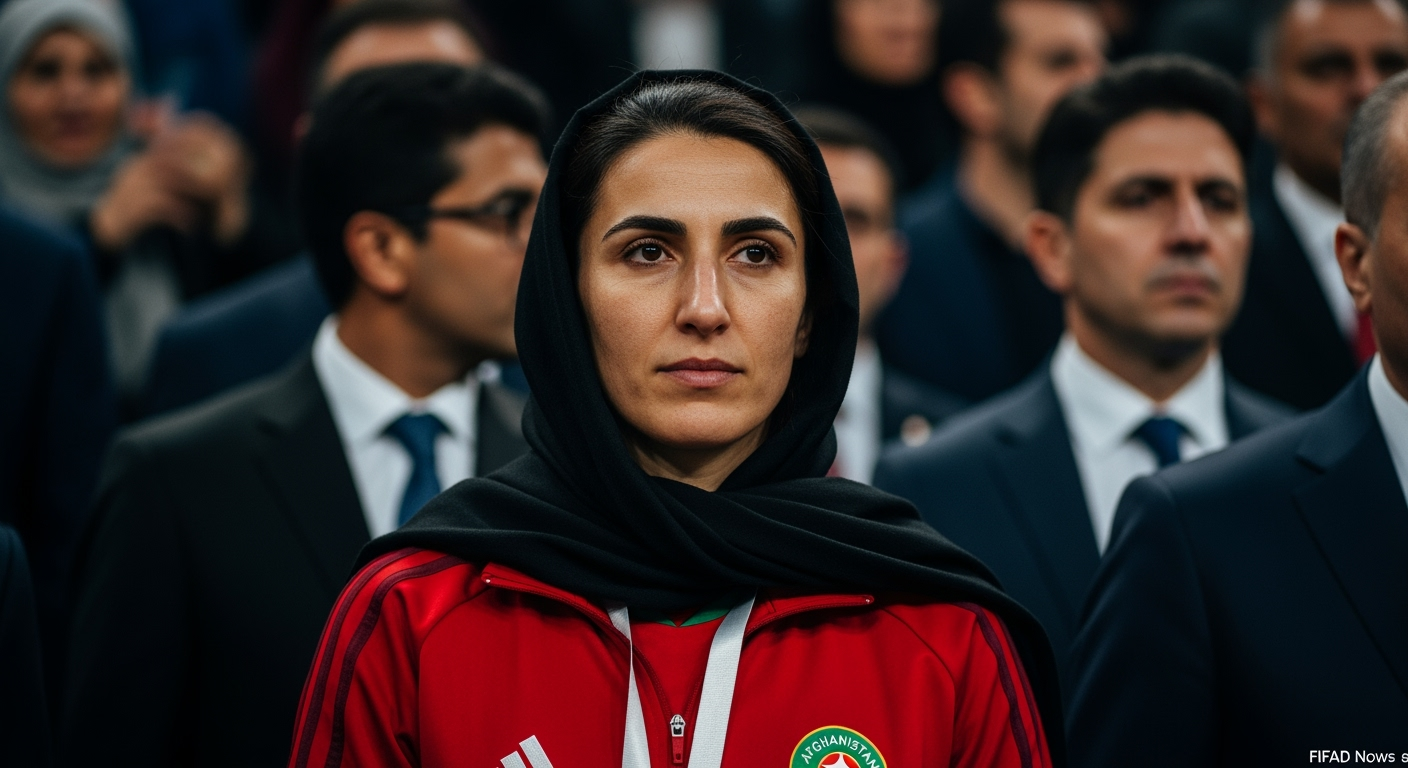Related Articles

Afghan Women's Football Team Forges Historic Path Back to International Arena After Years of Exile




As the 2026 FIFA World Cup approaches, excitement builds for what will be the largest tournament in history, spanning 16 cities across the United States, Canada, and Mexico. However, amidst the anticipation, a growing chorus of concerns suggests that attending the expanded global spectacle could present unprecedented challenges for fans, ranging from exorbitant costs and complex travel logistics to potential visa hurdles and accommodation shortfalls. Organizers face the monumental task of delivering a seamless experience across vast distances and diverse infrastructures, leading many to question if the fan journey will be an endurance test rather than a celebration.
The 2026 World Cup will feature an expanded format with 48 teams competing in 104 matches over 39 days, marking it as the most expansive tournament ever undertaken by FIFA. This tri-nation hosting model, involving the United States, Canada, and Mexico, introduces a geographic sprawl that inherently complicates travel for millions of expected fans. The immense distances between host cities, particularly within the United States, pose significant logistical challenges for inter-city travel, domestic flights, and potential cross-border movements. Experts and previous events, such as the Club World Cup and Copa América in the U.S., have highlighted the strains on existing infrastructure, with some host cities’ public transportation systems deemed inadequate to handle the influx of up to 6.5 million spectators.
A primary concern revolves around the robustness of public transportation networks, especially in the United States, where many stadiums are not readily accessible by mass transit. Reports indicate that the U.S. is "woefully unprepared" for the expected influx of travelers, relying heavily on highways and individual car use, which could lead to severe gridlock. For instance, cities like Arlington, Texas, lack light rail or local bus service, meaning tens of thousands of fans will depend on cars to reach AT&T Stadium. In the Northeast, connecting host cities like Boston, New York/New Jersey, and Philadelphia via Amtrak faces issues including capacity constraints, existing delays, and equipment shortages. Past events have demonstrated these vulnerabilities, with fans experiencing significant delays and arriving late to matches due to insufficient bus services and train problems. Moreover, cross-border travel between Canadian and U.S. host cities is predicted to cause "nightmare-inducing" border backups, with potential increases of 50-100% in traffic on game days. While some cities are planning temporary solutions, such as dedicated bus fleets, their effectiveness remains to be seen.
Attending the 2026 World Cup is shaping up to be an exceptionally expensive endeavor for fans, with ticket prices seeing astronomical increases compared to previous tournaments. The cheapest Category 4 tickets for the opening match have reportedly jumped nearly tenfold from $55 in Qatar to $560 in 2026, while the most affordable final ticket has surged from $206 to an astounding $2,030. This marks the 2026 World Cup as the most expensive in history. FIFA's implementation of dynamic pricing, a first for the World Cup, adjusts ticket costs based on real-time demand, a system more common in U.S. sports and air travel but foreign to many international soccer fans. Additionally, an uncapped resale market in the U.S. and Canada, with FIFA collecting a 15% fee from both buyer and seller, further inflates prices, with some final tickets listed for over $25,000 on secondary markets. Critics argue these pricing strategies risk "privatization" of the tournament, potentially pricing out average fans and diluting the vibrant, diverse atmosphere traditionally associated with the World Cup.
Beyond travel and tickets, securing affordable lodging presents another significant hurdle. Host cities like Vancouver are already projecting a substantial shortfall of hotel rooms, with some accommodations already showing as sold out and rates soaring. An Airbnb-commissioned report estimated a deficit of approximately 70,000 nights in Vancouver alone during the tournament. While efforts are underway to explore alternative options like university dorms and increased short-term rentals, demand is expected to be intense and unevenly distributed across cities.
Complicating international travel are potential visa and immigration challenges. The U.S. political climate and the lack of a fast-track temporary visa process, which was available in previous World Cups, could impede many international fans from attending. A travel ban on citizens from 12 countries, including Iran (a qualified team), raises concerns that fans from these nations could be legally barred from entry, diminishing the tournament's global inclusivity.
The sheer scale of the 2026 World Cup also elevates security and crowd management as critical priorities. With millions of fans expected, ensuring safety both inside and outside the 16 venues across three nations requires extensive coordination among hundreds of local, national, and international agencies. Past incidents at large-scale events in the U.S., such as the Astroworld Festival tragedy and security breaches at the Copa América final, underscore the need for robust crowd control and emergency preparedness. Host committees are actively engaged in meticulous planning, including tabletop exercises, risk management, and scenario-based drills, in collaboration with law enforcement and public safety partners. FIFA and local organizers emphasize their commitment to providing a safe and welcoming environment, utilizing technology for real-time intelligence and communication. Stadiums are also undergoing significant upgrades to meet FIFA standards, including natural grass pitches and enhanced amenities.
The 2026 FIFA World Cup, designed to be the largest and most inclusive to date, stands at a critical juncture regarding the fan experience. While the prospect of 48 teams competing across three nations promises an unparalleled spectacle, the logistical complexities, soaring costs, and infrastructure challenges present a formidable test for organizers and a significant barrier for many would-be attendees. The expanded geographic footprint risks diluting the traditionally concentrated "festival" atmosphere of past World Cups, and the financial demands could reshape the demographic of tournament attendees, potentially alienating a segment of the global fan base. As host cities and FIFA work to mitigate these concerns with various preparedness initiatives, the ultimate success of the fan experience will hinge on the effective execution of these plans and whether the spirit of the world's most beloved sport can overcome the daunting practicalities of its largest-ever edition.